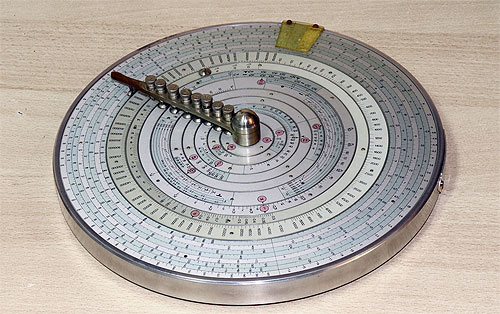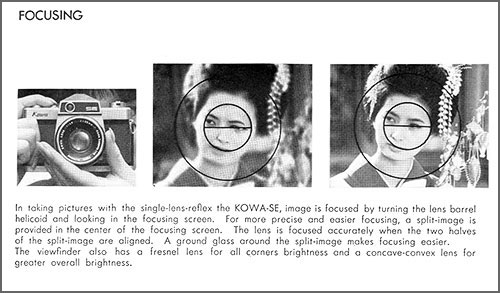The humble clothespin is a ubiquitous item that has been with us for generations; and it is simple enough that you’d think it’s reached the point if utmost reliability. And yet, it seems that it is in fact very unreliable: clothespins break, they fall apart, they need constant replenishing… but I seemed to remember that long ago, when the world was young (well, at least when I was), this wasn’t the case.
The clothespins we have these days are usually made of plastic, and are all variations on the “two prongs, a fulcrum and a coil spring” design invented in 1887 (thus says Wikipedia). But the plastic used today (unlike the wood of my childhood) is deformable and breakable. Here are some I picked from our clotheslines:

Imagine my delight when I found in some shop a set of wooden clothespins hailing (like everything else these days) from China! I bought them right away, and we put them to use — only to discover that they don’t break but they do snap apart. We use these alongside the plastic ones, since both types are equally bad.

And then I serendipitously found a wooden clothespin that I’ve had in one of my drawers of old technology and everyday items (yes, I collect those too). This one goes back at least 50 years. I hurried to compare it to its modern counterpart.
Here you see the two items, the shorter being the older one.

And here is what I found in the comparison:
- The old clothespin has a thicker metal wire in its spring, making for a stronger grip force. Indeed, you can feel the difference when pinching the tails against the spring (even at the same distance from the fulcrum).
- The old pin has a shorter jaw, making for better leverage of the (already stronger) spring’s force.
- The old pin has a more precise and more elaborate pattern (in side view), giving a better grip for the spring’s coil and for the clothesline.
- in the old pin the spring ends sit tight in a fitted semicircular groove and cover the width of the wooden prong; in the new one the groove is square and too wide, and the metal is some 2/3 the width of the prong.

The last point turns out to be the reason the Chinese clothespin falls apart so easily: it is very easy to twist the two prongs apart as in the photo below, since the loose wire ends don’t resist this action.

Lastly, here is an alternative design from earlier in the 19th century: the one piece clothes peg (also called a Dolly peg). This one has no spring, can’t fall apart, and is sturdy enough to resist a lot of use. I found this one at a flea market long ago.

So how do all these variants fare in their single task, gripping cloth onto a clothesline? I tested them by attaching a damp rag to a line and trying to pull it down forcibly. I found that all the new pins – be they plastic or wood – did not hold: the cloth would pull out from under them. The two older wooden ones, however, held fast. Since they cover the two designs — the dolly peg and the springed one — it is clearly not that the springed design is inferior; it’s all in the implementation, the choice of materials, dimensions, spring strength… the small details that always differentiate quality products from trashy ones.
So – here are 200 years of clothespins in historical order from left to right… and clearly, their durability and performance have only gone down over time. If there’s a lesson there, surely it’s a sad one…













